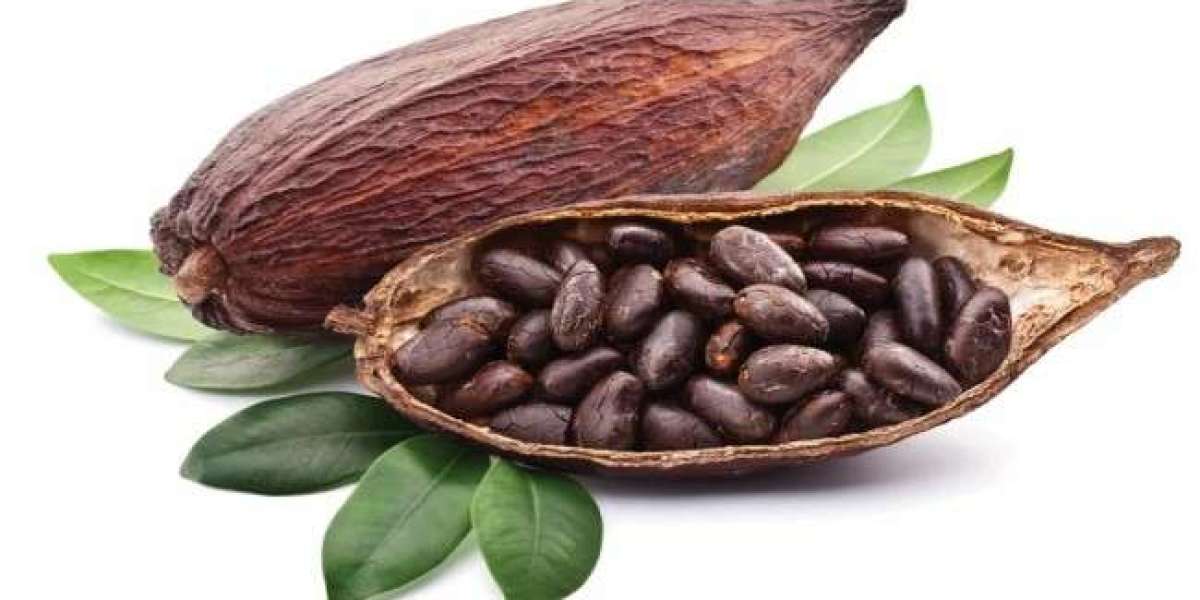The cocoa market landscape is constantly evolving, influenced by global supply-demand dynamics, sustainability concerns, and price volatility. As the core ingredient in chocolate and other confectionery products, cocoa remains a crucial commodity in international trade. Market shifts are driven by production trends in key cocoa-growing regions, regulatory frameworks, consumer preferences, and environmental concerns. While demand for premium and sustainable cocoa continues to grow, issues like deforestation, child labor, and fluctuating farm-gate prices present ongoing challenges.
Global Production and Supply Trends
Cocoa production is concentrated in a few key regions, with West Africa leading as the dominant supplier. Countries like Ivory Coast and Ghana account for over 60% of global cocoa production, followed by Indonesia, Ecuador, and Nigeria. Climate change and disease outbreaks threaten yields, leading to supply disruptions and price volatility. Efforts to enhance productivity through better farming techniques and hybrid cocoa varieties are being pursued, but political instability and economic hardships in producing nations remain significant concerns.
Market Demand and Consumer Preferences
The demand for cocoa continues to rise, especially in emerging markets where chocolate consumption is increasing. Europe and North America remain the largest consumers, with rising interest in dark chocolate and organic products. Health-conscious consumers are driving the demand for sugar-free and functional chocolate, leading to increased use of high-flavanol cocoa. The growth of artisanal and craft chocolate brands is further reshaping the market, as buyers seek ethically sourced and high-quality cocoa products.
Pricing Volatility and Economic Challenges
Cocoa prices are highly volatile, affected by weather patterns, geopolitical factors, and speculative trading. Market fluctuations impact smallholder farmers, who often struggle with low incomes despite high global demand. Government interventions, such as price stabilization schemes in Ghana and Ivory Coast, aim to provide better earnings for farmers, but issues like smuggling and inefficiencies in supply chains persist. Global cocoa shortages or surpluses can significantly impact pricing strategies and profit margins for major chocolate manufacturers.
Sustainability and Ethical Sourcing
Sustainability is a key focus in the cocoa industry, with companies investing in fair trade and direct trade sourcing models. Certifications such as Rainforest Alliance and Fairtrade help promote ethical sourcing, but challenges remain in ensuring compliance at all levels of production. The industry is also working to combat child labor and improve farm-level incomes through traceability initiatives and premium payments. Some companies are investing in agroforestry and deforestation-free supply chains to align with environmental commitments.
Future Outlook and Industry Innovations
The future of the cocoa market depends on innovation in farming, processing, and product development. Precision agriculture, blockchain-based traceability, and AI-driven supply chain management are being explored to optimize efficiency and sustainability. Alternatives such as lab-grown or cocoa-free chocolate are also gaining attention, though their market impact remains uncertain. With increasing regulatory scrutiny on deforestation and ethical labor practices, the industry is likely to see more stringent policies and corporate accountability measures in the coming years.
Conclusion
The cocoa market landscape is shaped by global production trends, evolving consumer preferences, pricing challenges, and sustainability initiatives. While the industry faces ongoing hurdles, innovation and responsible sourcing practices are paving the way for a more resilient and ethical cocoa supply chain.








